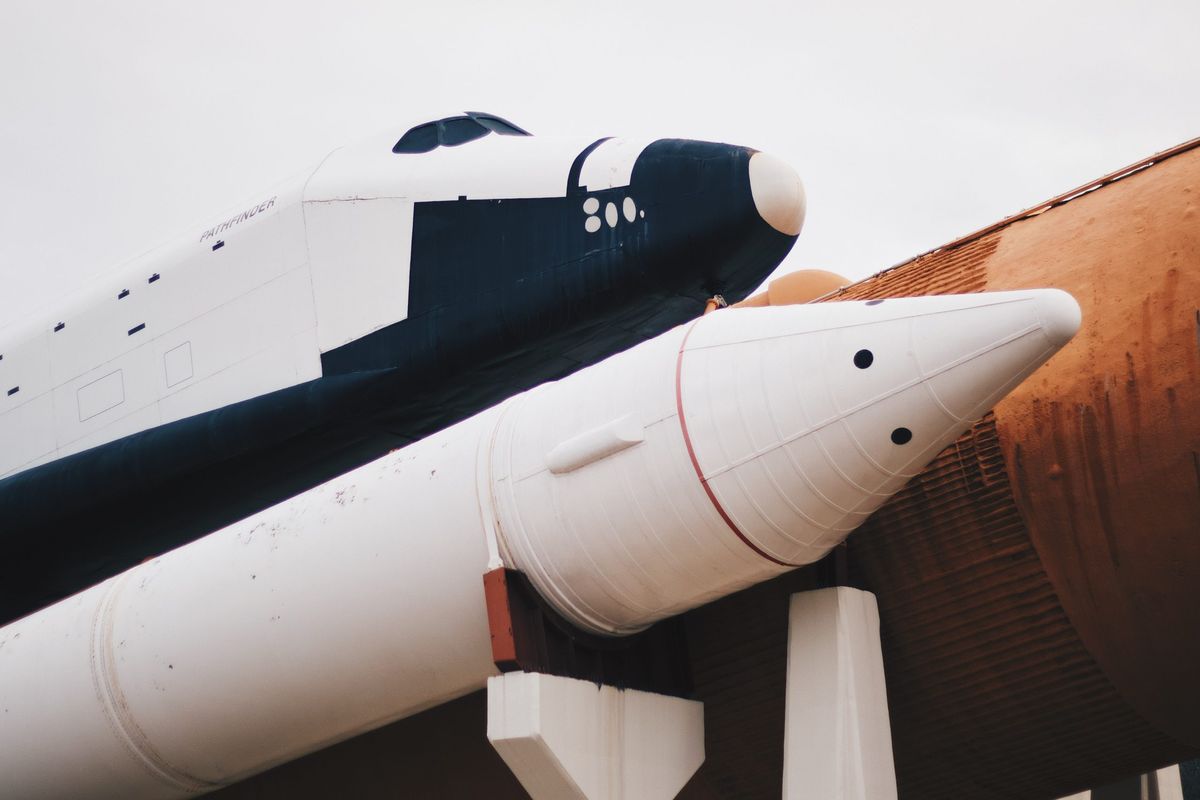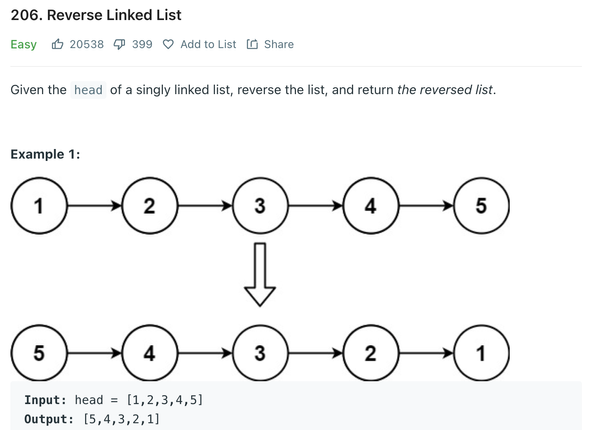NASA has completed the critical Artemis 1 rocket fuel test.

The second Artemis 1 launch attempt might happen as soon as next week, assuming NASA has accomplished all of the goals it set for its rocket’s fuel test. NASA needed to test adding super-cooled fuel to the Space Launch System’s tanks to check fixes made after the mission’s second launch attempt was cancelled in late August.
A chronic hydrogen leak was detected at the Space Center.
The ground team at Kennedy Space Center discovered a persistent hydrogen leak affecting one of the SLS’s fuel lines at the time and attempted to repair it three times that day. The crew ultimately failed and chose to postpone the trip.
A few days later, the crew discovered that the leak was caused by a transient overpressurization of the SLS rocket’s core booster tank.
The crew changed the way the rocket’s tank was filled.
- To avoid a repeat of the mishap, the crew modified methods for filling the rocket’s tank with propellants, which entails transitioning temperatures and pressures more slowly to avoid abrupt fluctuations that may cause leaks.
- Engineers from the crew also changed the liquid hydrogen seals on the rocket after noticing a minor depression in one of them that may have led to the leak.
This time, debugging efforts were effective, and the leak was decreased.
While the engineers found another hydrogen leak during the fuel test, their debugging efforts were successful this time, and the leak was reduced to “allowable rates.” This allowed them to do the pre-pressurization test, which increased the pressure in the liquid hydrogen tank to mimic what it would experience right before launch.
Artemis 1 launch director Charlie Blackwell-Thompson stated that the test went “very well” and that the crew met all of its objectives. NASA will now review the test data before determining whether to plan another launch for the mission on September 27th.



